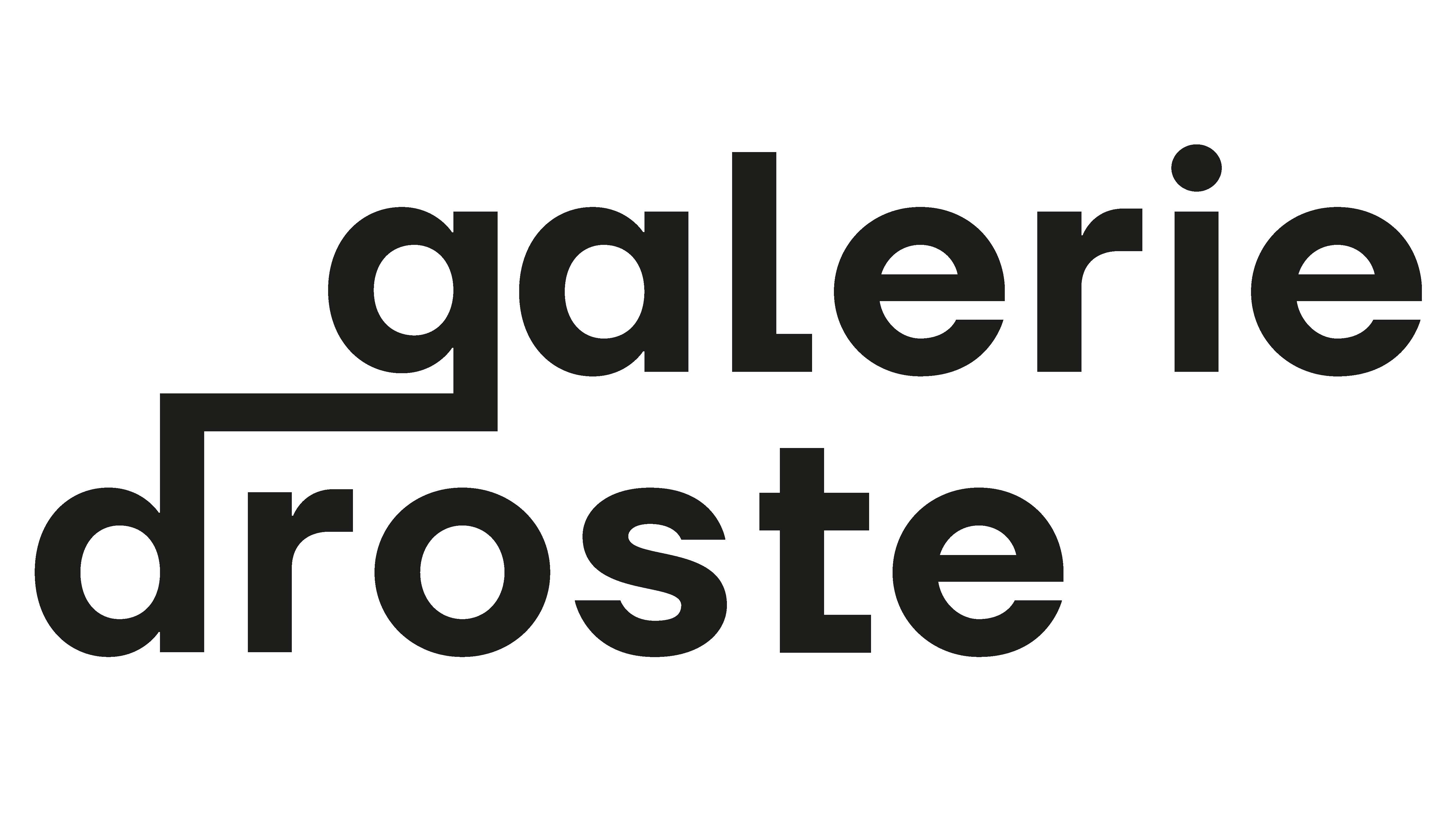Pura Vida: Conrad Ruiz’s Plea for the Earth
Nearly 500 years ago, the Danza de los Voladores, a ritualistic dance originating from the indigenous peoples of Central Mexico, emerged as an aerial plea for rain. With dancers spiraling from a towering 100-foot pole in costumes representing earth, wind, fire and water, the ceremony served as a celebration of—and meditation on—abundance and scarcity. But for Los Angeles-based painter Conrad Ruiz, this ancient tradition is not just cultural history, it’s also a metaphorical framework for Pura Vida, his latest exhibition at Galerie Droste, Düsseldorf.
The Los Angeles-based artist has spent nearly two decades honing a painting practice that is both omnivorous and multidimensional, feeding on the chaos of modern image consumption, then reverse engineering its harshness via delicate watercolor applications. In many ways, Ruiz’s process reflects a lifetime of layering, which began as a teenager in the Inland Empire, where he was raised by an elementary teacher mother who was born in Mexico City and a Cherokee-descended father who worked as a sheriff in Los Angeles County during the tumultuous 1980’s and 90’s. While navigating a childhood that bounced between running with a crowd of bullies at school and embracing the mosh pits of punk clubs, Ruiz’s first artistic pursuits began with clipping images of issues from Time, National Geographic, and Newsweek as a teenager. “I had more access to printed matter, but after moving a few times, I started collecting images online and putting them into folders. My work in grad school was a combination of the two,” says Ruiz. “The printed matter usually condenses information into what is deemed worthy of printing, and the edits are less nuanced: a corgi, Barack Obama, the Challenger explosion.”
When he began working as a painter, his early subject matter vacillated between the poles of machismo and what he terms “the boy zone.” “The boy zone conversation is a tough one for me,” says Ruiz. “I was chasing the memory of close friendships with my guy friends in middle school, where we were aware of sex and violence in the world but not yet participants. The unbridled energy of that time period was mixed with video games and action movies as a setting.” Those settings would later manifest in ecstatic renderings of sports gods and their attendant crowds in moments of peak agony or frenzy.
While he admits that the “personality behind the work” was often snarky and sophomoric, beneath the surface lies a quiet meditation on humanity’s precarious relationship with itself and the planet. His medium of choice (watercolor) is wielded with delicacy and destruction, especially in works like Go Go Love (CK One Forever), which depicts a white stallion passing through a summer solstice festival in Spain while donning a harness emblazoned with CK One. In addition to being a popular, if cringy, cologne in the Nineties, it was also theme for the artist’s wedding to fellow painter, Kara Joslyn (i.e. Conrad and Kara become CK One Forever)..
Fire is another motif that recurs throughout Ruiz’s oeuvre, in which you’ll find every manner of human, machine and landscape awash in flames, from self-immolating sages and in flagrante revolutionaries to a Rolls Royce being consumed by a blazing inferno. In Man on Fire XXI (Morning Star), a fiery figure radiates with celestial energy while nodding to the politically charged figures of José Clemente Orozco murals. While Ruiz’s Man on Fire images appear destructive at first glance, in his hands conflagration is also a space for metamorphosis.
Another metamorphic scene is on display in I Want Your Salvation, where a crowd from the 1988 Seoul Olympics morphs into a menagerie of North American fauna (think bison, crows, and coyotes). The title is taken from a mid-Nineties song by the highly influential Berkeley punk band Rancid. While it’s not a religious theme, it is a nod to appropriation. Ruiz likes to needle ideas of appropriation, notably in What is Dead May Never Die, a painting made from an image of a combustible 19th century Scottish Yule festival.
“My entry point was to make a painting where the viewer is also a participatory spectator in the crowd,” says Ruiz, who added an “ancient noise” to this somewhat modern ritual. “It’s a celebration-slash-sacrifice: an offering to higher powers.”
The crowd—whether frenzied or celebratory—is a recurring theme in Ruiz’s work. In A Thousand Suns, he transforms the Aguiluchos marching band into burning stars, their horns heralding cosmic rebirth. The piece blends the terrestrial and the celestial, linking the communal joy of music to the vastness of the universe.
The title of the exhibition derives from a passage in Werner Herzog's autobiography, in which the filmmaker details working temporarily as a Rodeo Clown in Guanajuato, Mexico. A local charro described Werner's experiences of rising and falling in mid-air, and having his leg pinned between a rock wall and the bull as “pura vida” though not in reference to some purity of life, but rather as a nod to the sheer brute, unpredictable, overwhelming presence of life. It goes back to how Ruiz views the Danza de los Voladores, as “a ritual spell for life.” A plea for humans to regain balance in a world spinning out of control. Weaving his own narrative of destruction and renewal, gravity and transcendence, in his version of Pura Vida, Ruiz offers a space for us to join together and reflect on our own precarious dance above the earth as it burns brightly, a fire that we can no longer ignore.
Michael Slenske
Conrad Ruiz (*1983 in L.A., USA) received his MFA from the California College of the Arts, he lives and works in Los Angeles.


